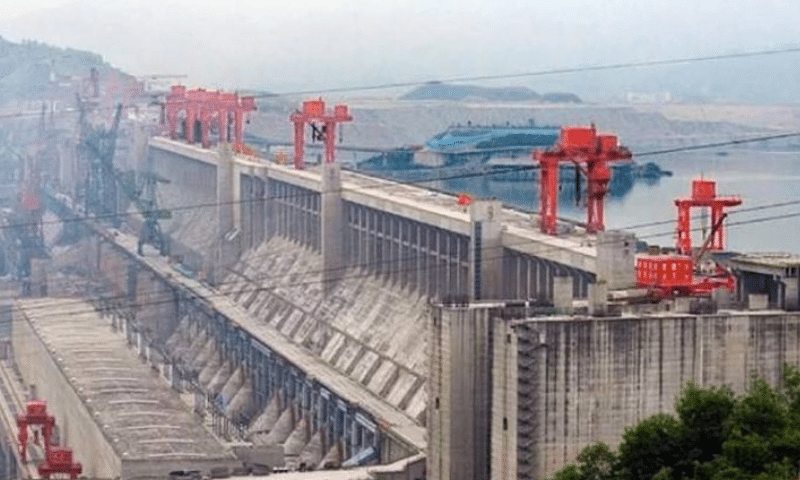China Begins Construction of World’s Largest Dam, Raising Global Concerns

Chinese authorities have officially commenced construction on the world’s largest hydropower dam, located in Tibetan territory along the Yarlung Tsangpo river. The project, which was inaugurated by Chinese Premier Li Qiang, has raised significant concerns among neighboring countries, particularly India and Bangladesh. Critics fear that the dam could disrupt water flow to millions of people downstream and adversely affect the local environment and Tibetan communities. Despite these concerns, Beijing asserts that the project will prioritize ecological protection and enhance local prosperity.
Construction Details and Economic Implications
The ambitious project, known as the Motuo Hydropower Station, is expected to cost approximately $12 billion yuan (around $1.67 billion). Once completed, it will surpass the Three Gorges Dam as the largest hydropower facility in the world, potentially generating three times more energy. The Yarlung Tsangpo river, which flows through Tibet and into India and Bangladesh, is crucial for millions of residents in these countries. Experts warn that the dam could give China significant control over the river’s flow, raising fears of water shortages in India’s Arunachal Pradesh and Assam states, as well as in Bangladesh.
Arunachal Pradesh Chief Minister Pema Khandu has expressed grave concerns about the potential consequences of the dam, suggesting that it could lead to severe water shortages in the Siang and Brahmaputra rivers. He described the situation as an “existential threat” to local tribes and their livelihoods, emphasizing the risk of catastrophic flooding if China were to release water suddenly from the dam. India’s federal government has previously communicated its apprehensions to China regarding the dam’s downstream effects and is planning to construct its own hydropower facility on the Siang river as a precautionary measure.
Regional Reactions and Diplomatic Concerns
The construction of the dam has prompted diplomatic tensions, particularly between China, India, and Bangladesh. India’s government has raised concerns about the potential impact on communities living downstream, while Bangladesh has formally requested more information from China regarding the project. In 2020, China’s foreign ministry asserted its “legitimate right” to develop the river’s resources while claiming to consider the downstream effects. However, the lack of transparency and communication has fueled fears among neighboring countries about the dam’s implications for water security.
Bangladesh’s officials have expressed their worries, sending letters to Beijing to seek clarity on how the dam will affect water flow into their country. The Yarlung Tsangpo river is vital for the Siang, Brahmaputra, and Jamuna rivers, which are essential for agriculture and daily life in Bangladesh. The ongoing construction has heightened regional anxieties about water management and environmental sustainability.
Environmental and Social Impacts
The dam’s construction is taking place in the Yarlung Tsangpo canyon, recognized as the world’s largest and deepest canyon. This location is not only significant for its hydropower potential but also for its ecological diversity. Critics argue that the dam could lead to the flooding of valuable Tibetan valleys, which are home to unique biodiversity. Environmental activists have raised alarms about the potential ecological consequences, including the disruption of local ecosystems and the risks associated with building large structures in a seismically active region.
Moreover, the social implications for Tibetan communities are profound. Activists claim that the dam represents another instance of Beijing’s exploitation of Tibetan land and resources. Past protests against similar projects have been met with severe crackdowns, including arrests and violence against demonstrators. The Chinese government has promoted the dam as a means of generating clean energy and fostering economic development in rural Tibet, but many locals remain skeptical of these claims.
The construction of the Motuo Hydropower Station marks a significant development in China’s energy strategy, aiming to harness the vast hydropower potential of the Tibetan plateau. However, the project raises critical questions about regional water security, environmental sustainability, and the rights of local communities. As construction progresses, the international community will be closely monitoring the situation and its implications for the broader region.
Observer Voice is the one stop site for National, International news, Sports, Editor’s Choice, Art/culture contents, Quotes and much more. We also cover historical contents. Historical contents includes World History, Indian History, and what happened today. The website also covers Entertainment across the India and World.

